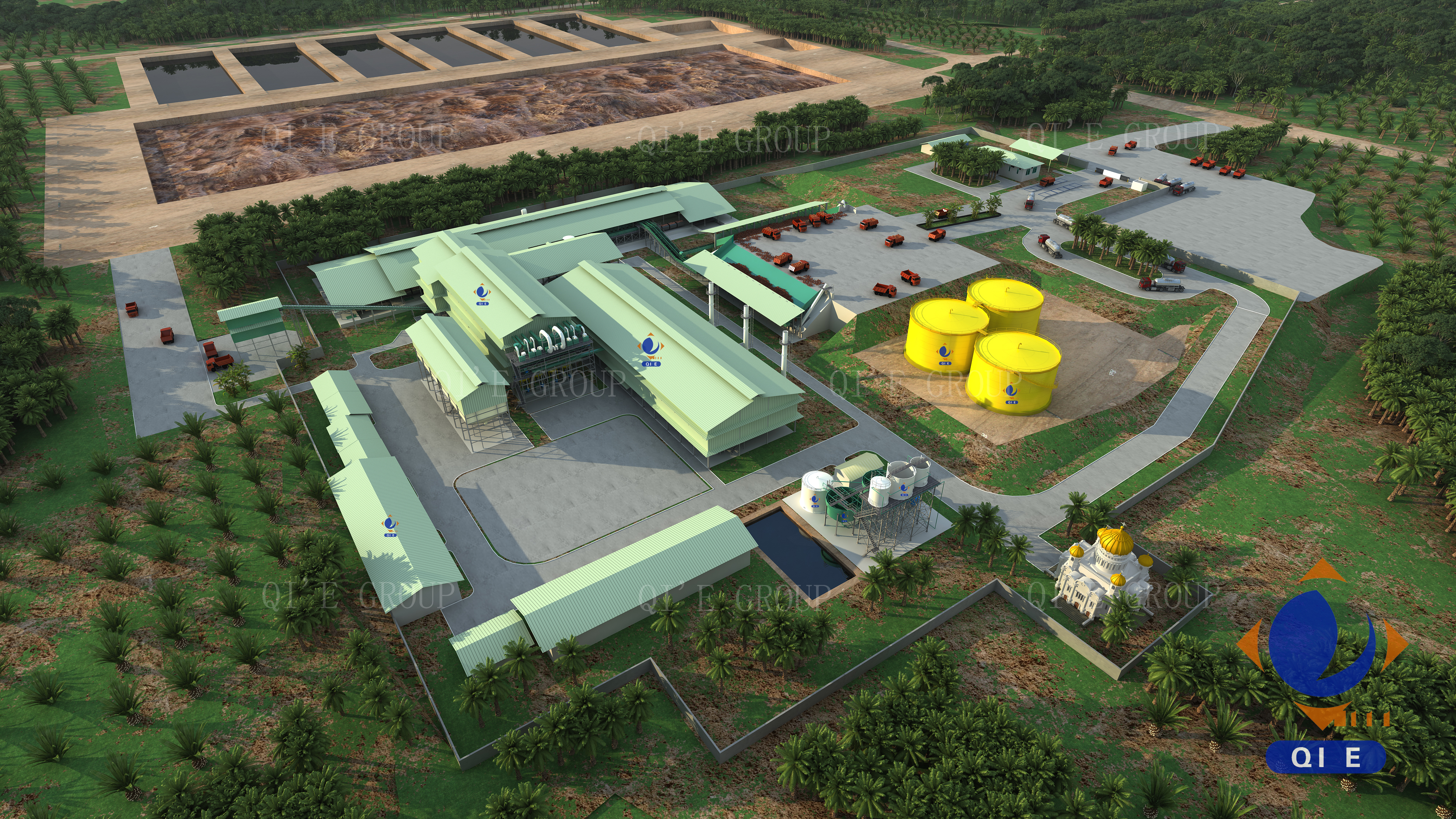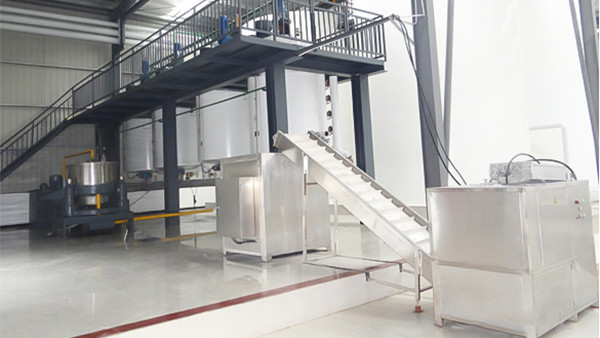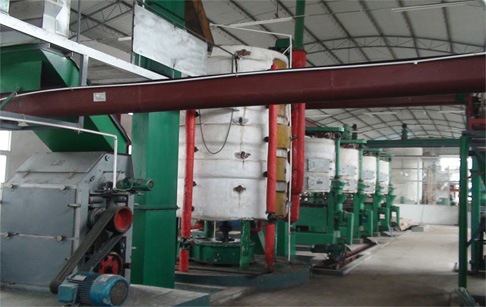
Sunflower seed oil extraction has become increasingly popular among home users and small-scale commercial producers across Asia, Africa, and South America. Choosing the right small sunflower seed oil press machine requires understanding key differences in design, operational capacity, maintenance, and usage environment. This guide outlines these critical aspects and offers practical tips to improve oil yield and simplify upkeep, ensuring green, healthy, and efficient sunflower oil production.
Household and commercial sunflower seed oil press machines cater to distinct user groups with varying demands. Household models typically focus on user-friendly operation, compact size, and moderate output for daily family use, delivering around 2–5 liters per hour. In contrast, commercial models support larger volumes with higher throughput—ranging from 10 to 50 liters per hour—suited to small farms and micro-production units. Structurally, household presses are often single, standalone units prioritizing ease of cleaning and safety, while commercial presses commonly integrate into production lines with connected pre-cleaning, drying, and filtering modules.
| Feature | Household Machines | Commercial Machines |
|---|---|---|
| Output Capacity | 2–5 liters/hour | 10–50 liters/hour |
| Operation | Manual or semi-automatic | Fully automatic or semi-automatic |
| Maintenance | Simple, user-manageable | Requires technician support |
| Price Range | Low to medium | Medium to high |
Selecting an ideal oil press involves evaluating operational scale, budget, technical expertise, and end-product expectations. In households or small farms with limited daily output requirements, compact and easy-to-use machines delivering high oil purity with minimal prep work are preferable. Conversely, users aiming for commercial-grade volume benefit from machines with integrated cleaning and filtering, improved extraction ratios (up to 95%), and ongoing technical support.
Understanding your source seed quality and drying levels also influences equipment choice; for example, certain commercial models excel processing higher-moisture seeds, reducing pre-drying costs.

Efficient operation and maintenance directly affect both the quality and quantity of sunflower oil extracted. Key actionable tips include:

In a Southeast Asian rural cooperative, a small commercial sunflower seed oil press line increased throughput from 5 liters/hour to 35 liters/hour after upgrading from a basic household unit. By implementing better seed drying and scheduled equipment cleaning, overall production efficiency rose by 40% within three months.
Meanwhile, a family enterprise in South America utilizing a compact household press emphasized ease of use and quick maintenance. The machine’s design allowed them to produce fresh, unrefined oil daily, enhancing product freshness and saving costs on manual labor.

With proper maintenance, household machines can last 5–7 years, whereas commercial models often reach 8–12 years given periodic parts replacement and servicing.
Many multi-functional press machines support a variety of oilseeds, but it's essential to confirm compatibility with manufacturers. Operating parameters may differ.
Household units are often designed for easy DIY operation, while commercial presses benefit from trained staff or technician support for optimal efficiency and repair.
Explore how the right sunflower seed oil press machine can transform your oil production with greater reliability and ease.
Discover Our Expert-Recommended Sunflower Seed Oil Press Solutions









